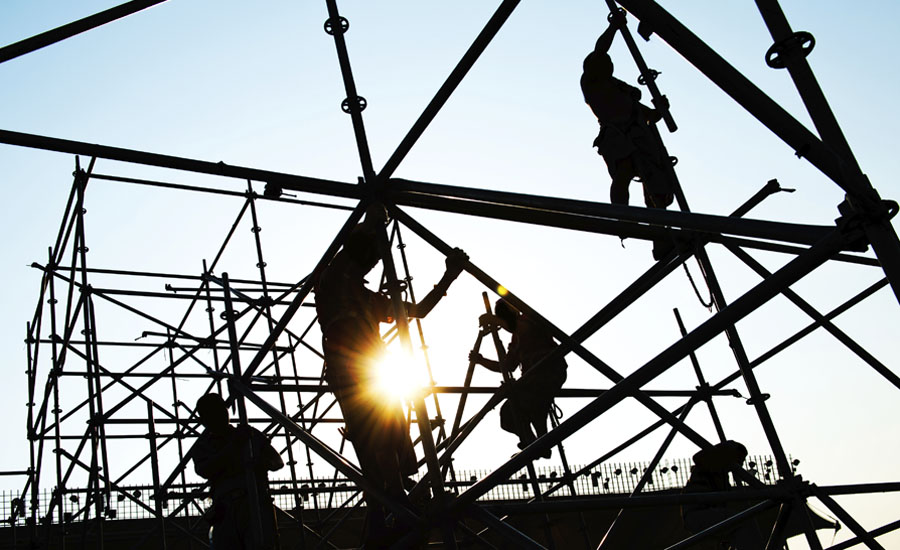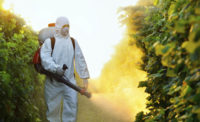Employees who work regularly outdoors can face additional risks compared with their colleagues due to hazards such as weather conditions and uneven ground or pavements.
If employees work outside at your premises there are steps you might be able to take to reduce risks. For example, you could ensure that the ground surface is flat and well maintained. You could also ensure there is sufficient lighting. Or you might lay down matting in areas that are likely to get slippery.
Remember to consider any outside areas of your premises when assessing the safety risks in your workplace. Risk assessments are important.
Skin care
Workers who spend a lot of time outdoors risk skin damage from ultraviolet rays in sunlight. People with fair skin are particularly at risk. Protect the skin when working outdoors by:
- wearing a high factor sunscreen
- wearing a hat and keeping your top on
- seeking shade when possible
It is important to check the skin regularly for abnormalities, such as moles that have changed. Consult a physician if your notice anything unusual.
Working off-site
If you have employees who work off-site – such as making deliveries in a van - it's more difficult for you to control risks.
You can, however, ensure that employees are aware of the risks and are appropriately trained for their jobs. For example, a delivery person should be trained to lift and carry loads correctly, as poor handling can be a significant cause of injury.
Check that employees have appropriate footwear for the job. You may also need to issue them with personal first-aid kits.
If you provide workers to other businesses – such as temporary workers - you have a shared responsibility for their health and safety. You should ensure the other business has carried out an assessment of the risks. You might also decide it is appropriate to carry out your own risk assessment. You should share the findings with your worker and pass on any necessary information.
Working alone can create extra health and safety risks. Assess the potential risks to lone workers and take any necessary actions to reduce them.
Source: www.nibusinessinfo.co.uk



